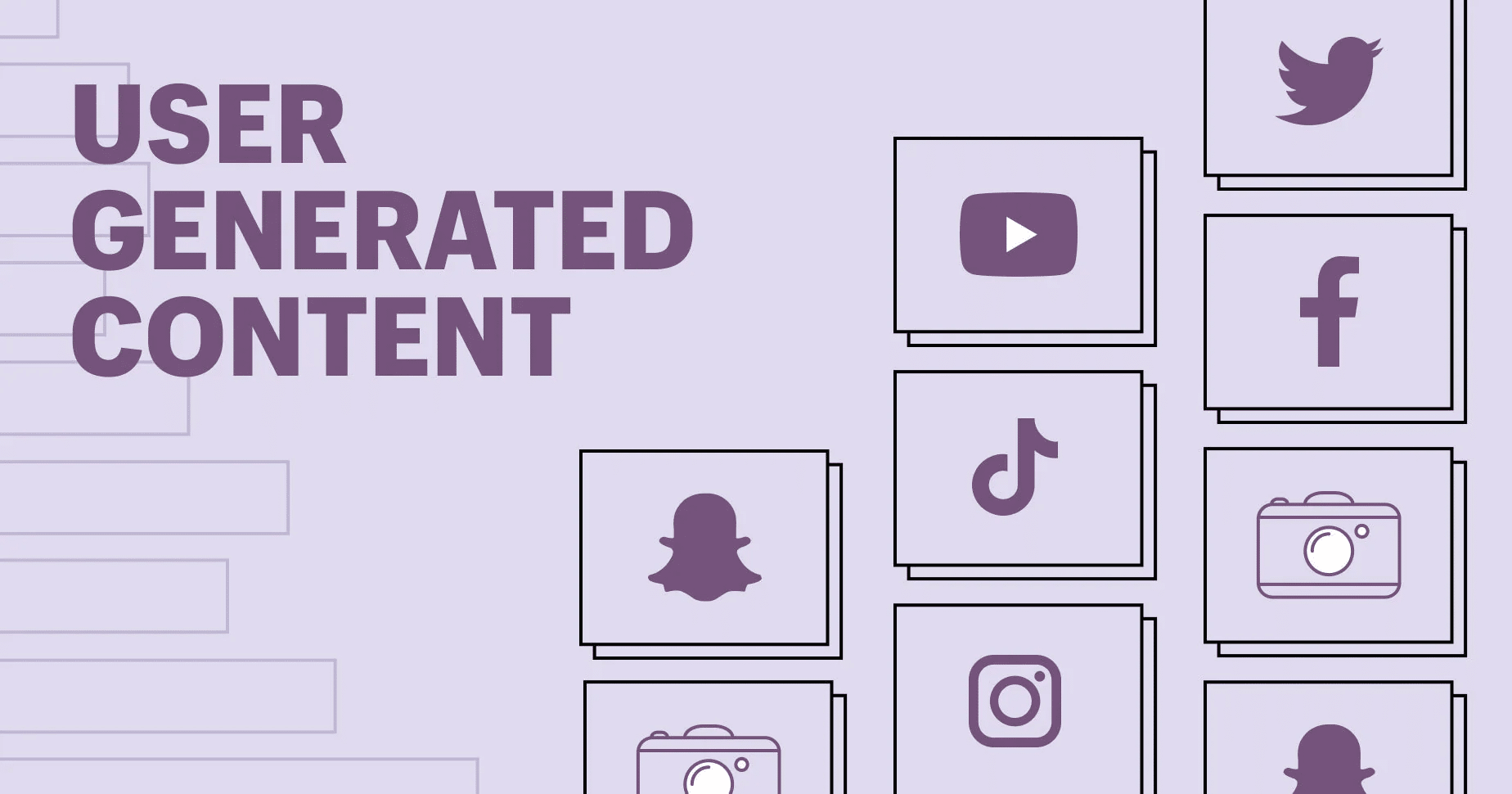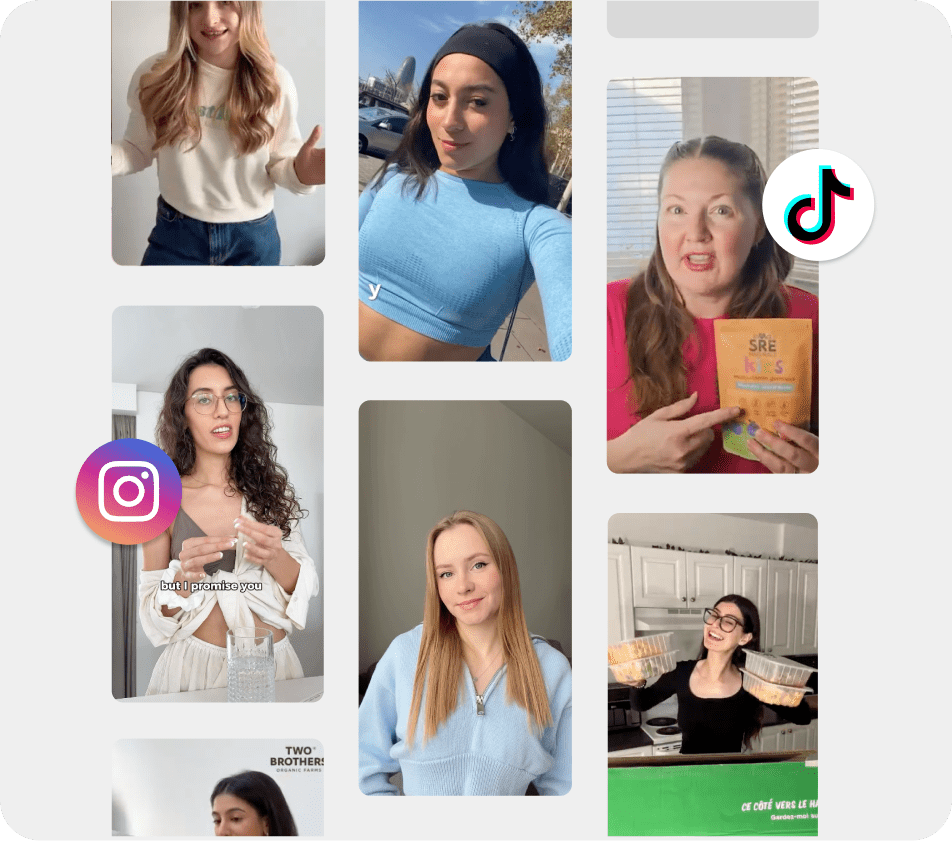In today’s digital-first world, consumers are bombarded with brand promotions everywhere they scroll. Traditional, polished ads are losing their charm as people crave authenticity and trust. This is where UGC ads (User-Generated Content ads) come in. They transform everyday customer experiences, such as reviews, testimonials, or short videos, into high-performing advertisements. For brands, UGC ads combine the credibility of authentic voices with the reach of paid media, making them one of the most effective UGC ad strategies for driving conversions.
What are UGC Ads
UGC ads are paid ads created from authentic customer content. Instead of actors or scripted campaigns, they showcase real customers using, reviewing, or talking about a product. Think of an Instagram Reel where someone unboxes a skincare product, or a TikTok showing how a gadget makes life easier. When brands use these as ads, they not only gain attention but also build trust.
Unlike traditional ads, UGC ads look organic, meaning they fit naturally into social feeds. This makes users more likely to engage, click, and make a purchase.
Different Types of UGC Ads
1. UGC Facebook Ads / UGC Meta Ads
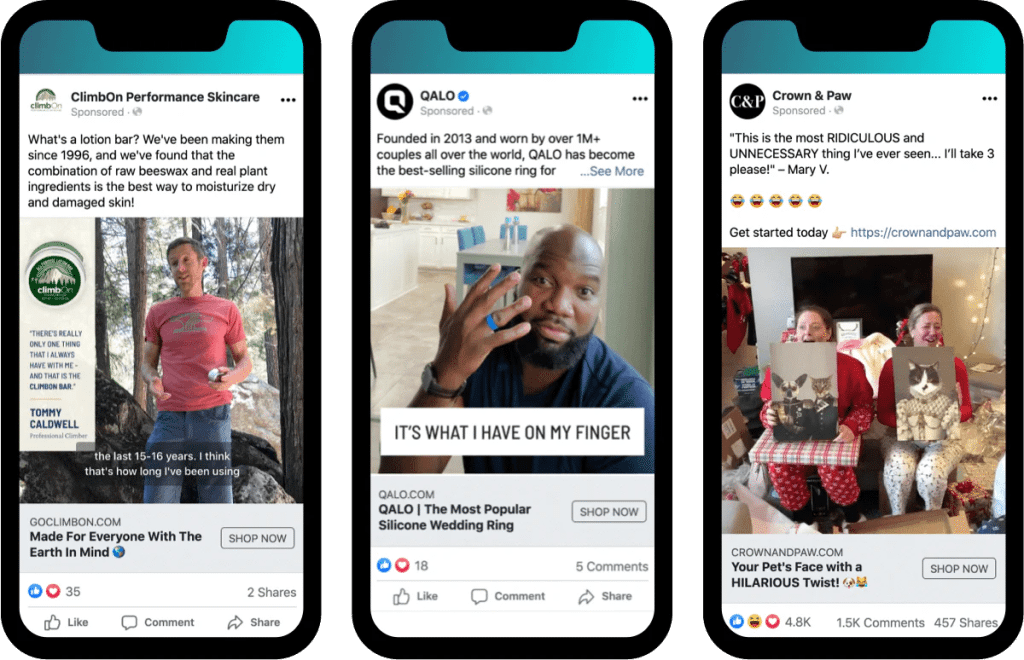
Facebook (Meta) remains a powerhouse in UGC marketing. UGC-style Facebook ads, featuring UGC reviews, product demos, or story-style videos, can lower ad fatigue and increase click-through rates. They blend seamlessly with everyday content, making them feel less like an ad and more like a recommendation.
2. UGC TikTok Ads

TikTok thrives on authenticity, which makes it the perfect playground for UGC ads. TikTok UGC ads often feature short product demos, “day-in-the-life” clips, or unboxing videos. They mimic viral content formats, which helps brands gain organic traction while running paid ads. For Gen Z audiences, this is one of the best UGC ads formats.
3. UGC Video Ads
Video is king in digital marketing, and UGC video ads are leading the way. They can be as simple as a customer testimonial or as engaging as a lifestyle clip showing product benefits. The raw, unpolished style helps boost relatability and makes ads look like peer recommendations.
4. UGC Style Ads
Even if the ad isn’t from an actual customer, brands now create UGC ads by replicating the authentic, “home-shot” look and feel. These ads might feature creators, employees, or even AI-generated characters, but are styled to appear user-generated. This approach ensures authenticity without depending only on organic customer submissions.
Why UGC Ads Work?
UGC ads work because they’re authentic, relatable, and trustworthy. Unlike traditional branded campaigns, they:
- Build social proof through real customer experiences.
- Drive higher engagement as they resemble organic posts.
- Reduce ad fatigue, as people don’t feel like they’re being “sold to.”
- Deliver better ROI due to lower CPC and higher CTR.
Research shows that 79% of consumers say UGC highly influences their buying decisions. This makes UGC ads a powerful tool for brands to connect with audiences credibly.
How to Create UGC Ads
Here’s a simple framework to create UGC ads that actually convert:
- Collect UGC – Ask customers for reviews, encourage hashtags, or use platforms that curate content.
- Choose the Right Content – Pick authentic, relatable, and visually clear content.
- Edit for Ads – Add branding, captions, or call-to-action overlays while maintaining a natural look.
- Test & Optimize – Run A/B tests on different UGC ads to find which drives the best ROI.
💡 Pro Tip: Start with free UGC ads by leveraging organic content from happy customers on social media, then scale with paid campaigns.
UGC Ads Platforms
UGC Ads platforms are marketplaces or UGC tools that connect brands with creators and customers to source authentic content for advertising. These platforms enable businesses to collect, curate, and repurpose authentic customer-generated content into ads that appear natural and relatable.
Key Benefits of UGC Ads Platforms:
- Content Sourcing – Get authentic videos, reviews, and testimonials directly from users or creators.
- Rights Management – Secure permission to legally use customer content in paid campaigns.
- Scale – Collect hundreds of content pieces from multiple creators without needing in-house shoots.
- Targeted Creators – Work with micro-influencers and real customers who fit your brand persona.
Popular UGC Ads Platforms:
1. Taggbox – A UGC and social content platform that lets brands collect user posts, manage rights, and convert them into ad creatives. Ideal for businesses seeking to create and run the most effective UGC ads across social media and websites.
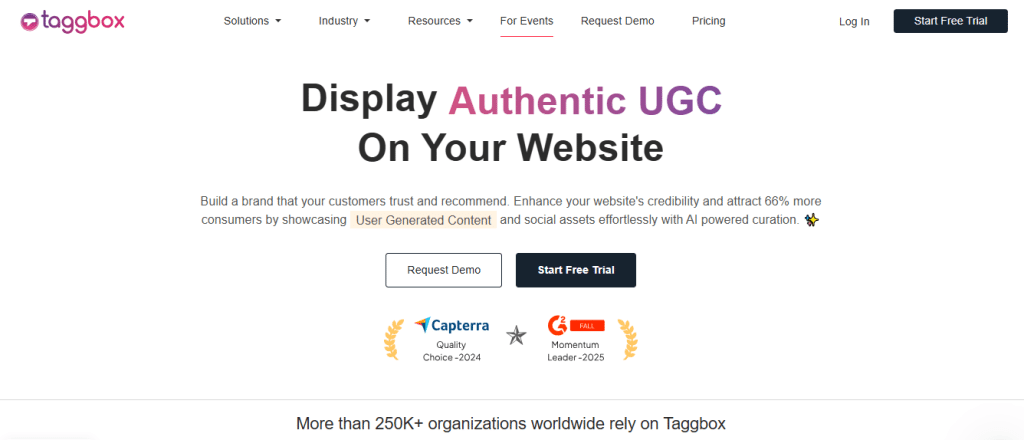
2. Billo – Focused on video content, Billo connects e-commerce brands with creators who produce 15–60 second videos designed for ads.
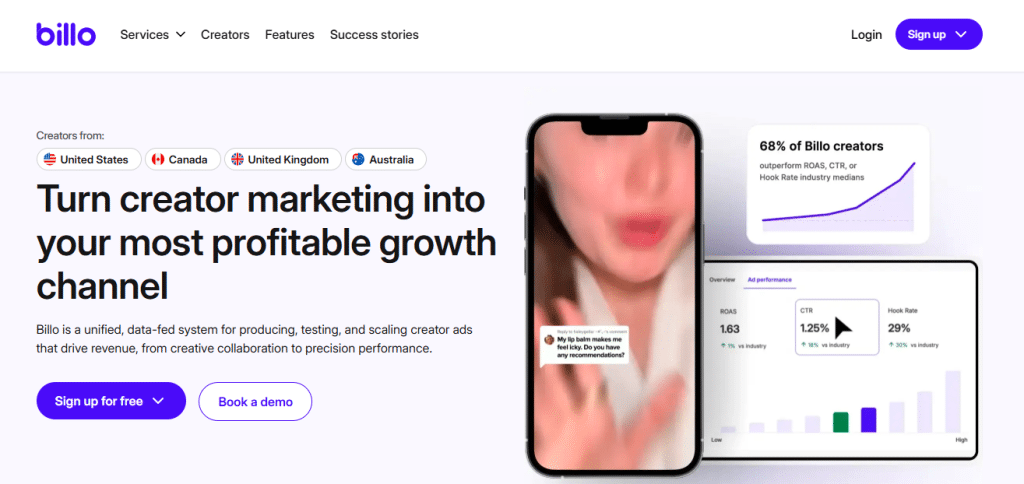
3. Insense – A marketplace for creators who specialize in TikTok and Meta-style ads. It allows brands to test different formats quickly.
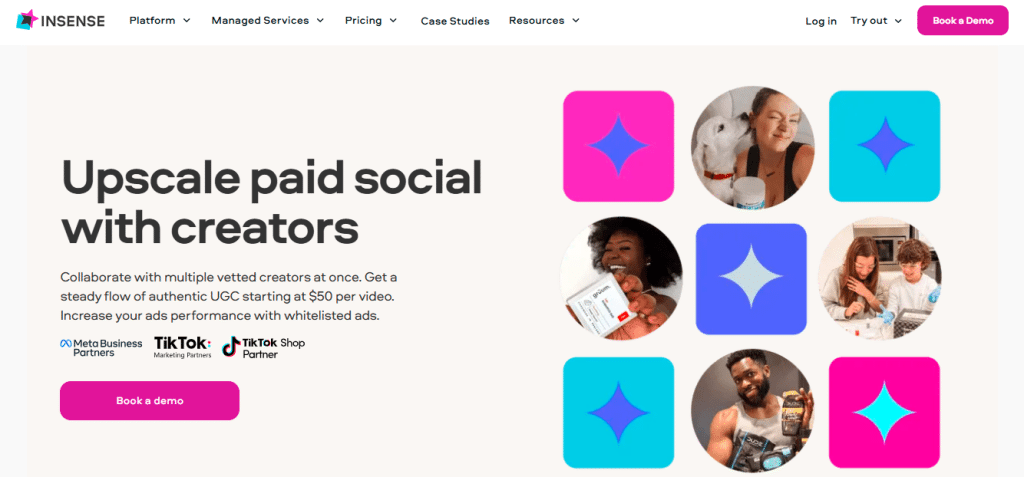
4. Trend.io – Simplifies sourcing authentic, short-form content from everyday creators for direct-to-consumer brands.
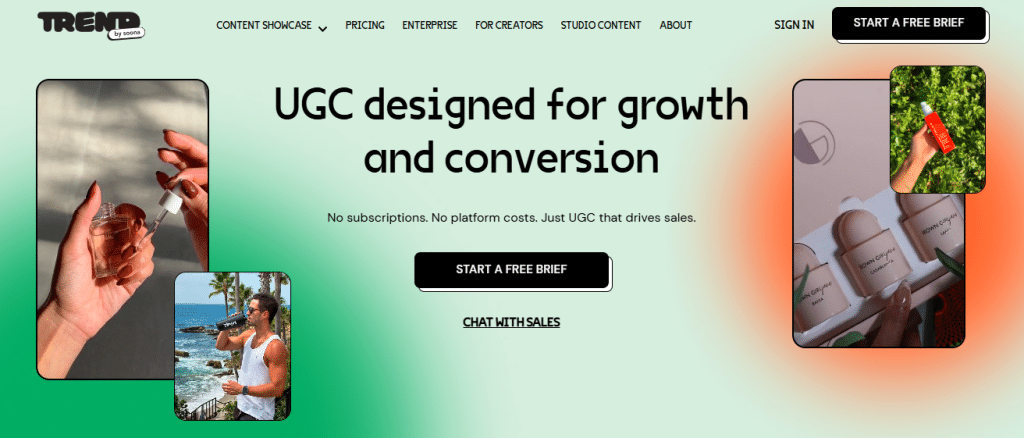
5. #Paid – Helps match brands with vetted creators who can produce ad-ready UGC content while also running campaigns.
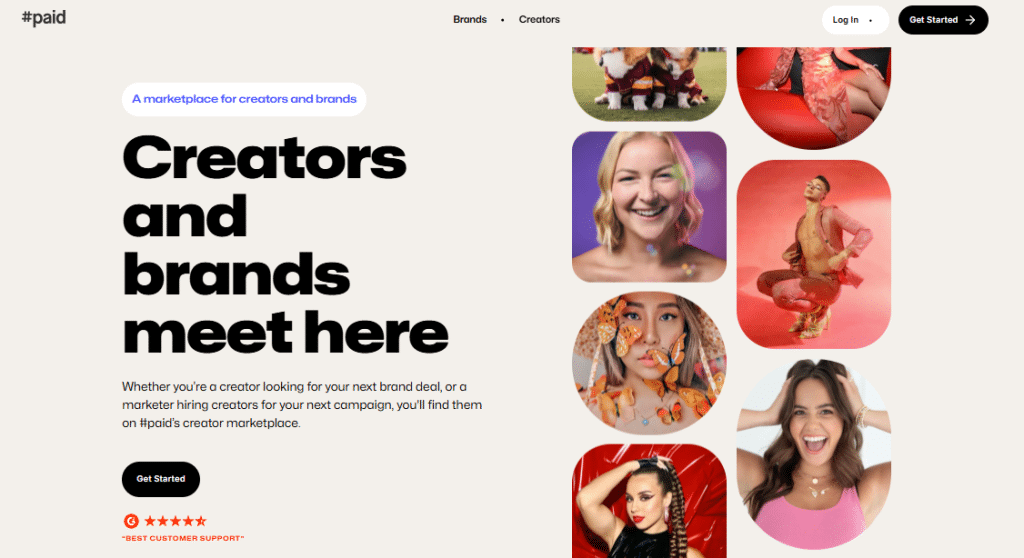
UGC Ads Software
While platforms help source content, UGC Ads software focuses on editing, managing, and scaling ads once you have the raw content. These tools help brands transform organic-looking UGC into polished yet authentic ads.
Key Benefits of UGC Ads Software:
- Content Editing – Add captions, subtitles, logos, and CTAs while keeping a natural look.
- Optimization – Run A/B tests to find which UGC ads perform best.
- Cross-Platform Publishing – Manage ads across Meta, TikTok, YouTube, and Google from one place.
- AI-Powered Tools – Some tools now help create UGC-style ads using AI avatars or voices.
Popular UGC Ads Software:
- Canva – Easy-to-use design software for editing UGC visuals and videos with brand overlays.
- CapCut – Video editing app perfect for trimming, captioning, and styling UGC ads for TikTok or Reels.
- Hootsuite / Buffer – While known as scheduling tools, they also help test UGC-style posts before turning them into ads.
- Facebook Ads Manager + TikTok Ads Manager – Native ad platforms where you upload UGC content, run campaigns, and analyze results.
- AI UGC Creators (e.g., Synthesia, Rephrase.ai) – New tools that let brands create UGC ads with AI-generated humans who look and talk like real creators.
Final Thoughts
UGC ads are reshaping digital marketing by combining authenticity with paid reach. Whether you’re a startup with a small budget or an enterprise running global campaigns, learning to create UGC ads will help you drive trust, engagement, and conversions. Start experimenting with organic content, use UGC platforms to scale, and you’ll soon discover why UGC ads are the best way to connect with today’s digital audiences.


